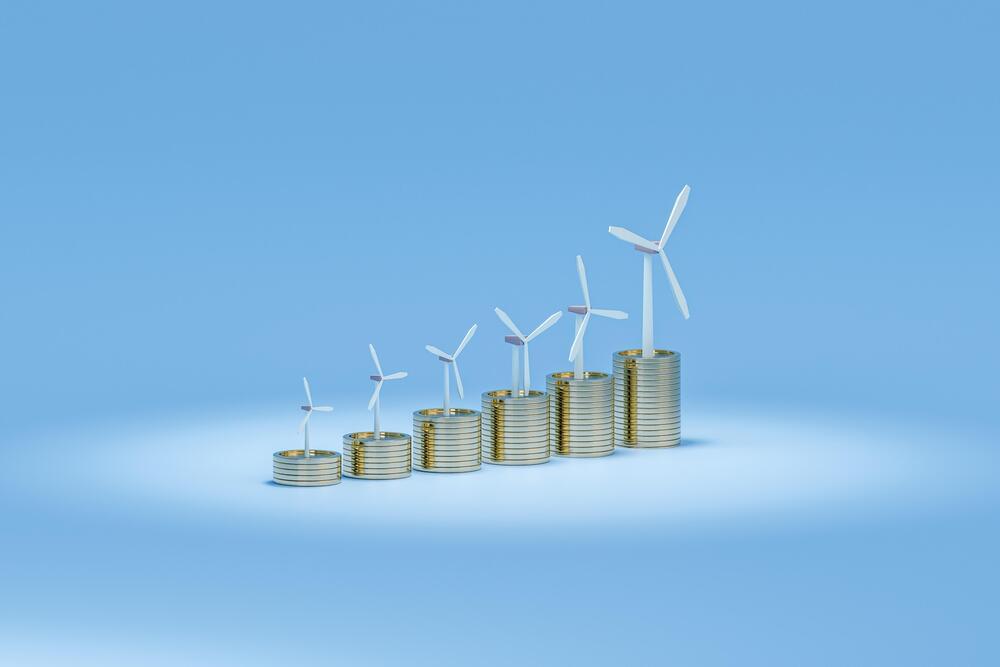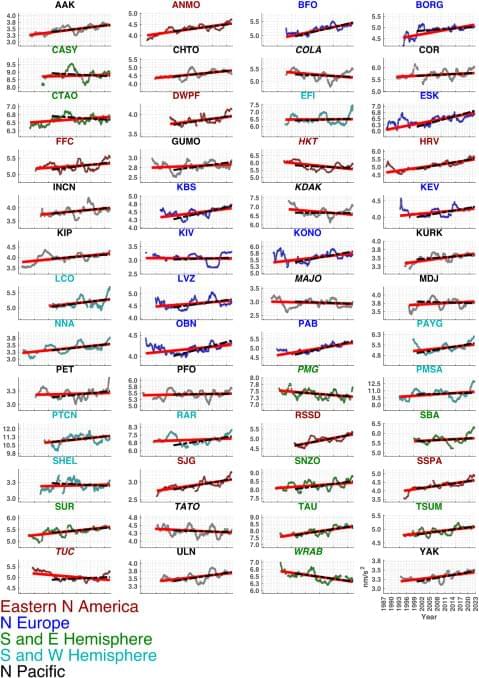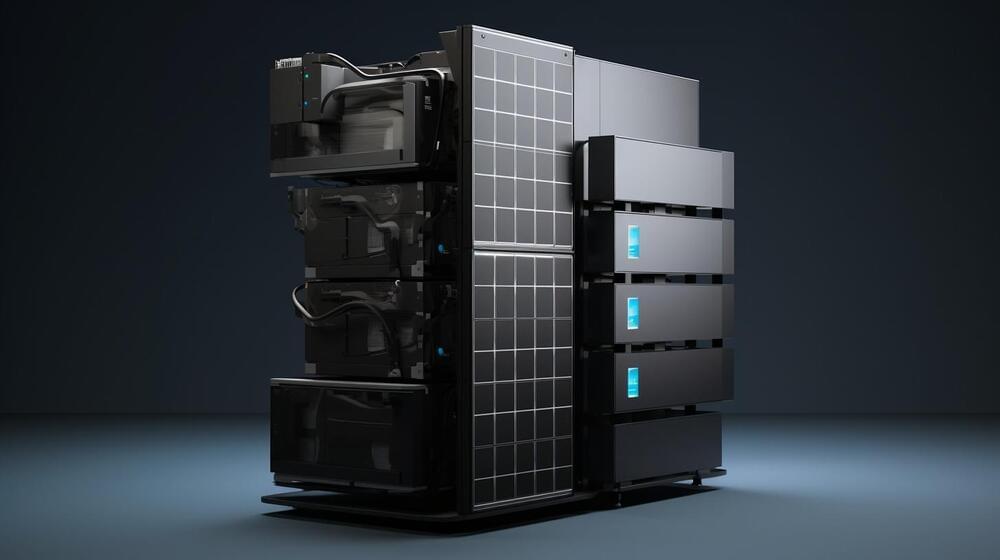Bluetti, a leading US solar and storage specialist, has announced the launch of its groundbreaking EP760 battery system, offering a highly customizable energy storage solution for residential settings. This innovative system introduces a modular design that allows users to stack up to four lithium iron phosphate (LFP) battery modules, providing a flexible energy storage capacity of 9.9 kWh to 19.8 kWh.
Unlike traditional fixed-capacity battery systems, the EP760 offers adaptability and scalability, enabling homeowners to tailor their energy storage setup to meet their specific needs. By combining the EP760 with two to four B500 battery packs, users can create an energy storage system ranging from 9,920 Wh to a maximum of 19,840 Wh. With the ability to deliver up to 7,600 W of single-phase power in grid or off-grid mode, the EP760 ensures reliable and efficient operation.
Bluetti’s EP760 comes equipped with several advanced features that make it an ideal choice for residential applications. The system’s intelligent peak load shifting feature allows homeowners to take advantage of off-peak electricity pricing by charging the battery system when grid electricity is cheap and discharging it during peak hours, reducing overall energy costs. Additionally, the EP760 can be seamlessly integrated with existing or future solar systems, supporting up to 9,000 W of solar charging.







